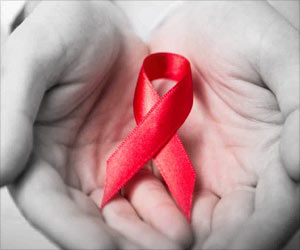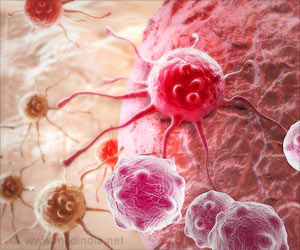.
From research to implementation is a long and arduous journey with too many stumbling blocks. Many discussions at the recently concluded 11th International IAS Conference on HIV Science (IAS 2021) centred around the challenges, and solutions thereof, to speed up the processes to get any new product into people’s hands.
First and foremost is getting the product approved by global regulatory bodies like the WHO, US FDA and EMA. Next comes individual countries’ willingness to endorse the product (and different countries may have different regulatory processes).
Countries take quite some time to understand the guidance given by WHO and others, and then disseminate that information to the service providers. This process usually could take about a year. So national templates must be developed early on for countries to adapt quickly.
Clear, accurate, and reliable information, needs to get to all people living with HIV to make informed decisions. So, providing a complete knowledge and information to the communities about any new product is important.
People should be able to access HIV prevention services, family planning services, and other services for sexually transmitted infections (STIs), all at one place – preferably a community-based place. It would help to involve communities and utilize community cadres who can be trained to deliver some of the services.
High cost of the product is another deterrent for its uptake. Unless they are subsidised or their generic equivalents are made available, product uptake is not increased.
Scientific evidence proves that criminalization is a direct threat to the HIV response. Countries with progressive laws and human rights protection in place are doing much better in tackling the HIV epidemic, while countries that criminalize same sex relationship, sex work and drug use, have more people with undiagnosed HIV and lower rates of viral suppression.
All communities should benefit from the results of science, else public health value of these scientific advancements will be very limited.
Source: Medindia



